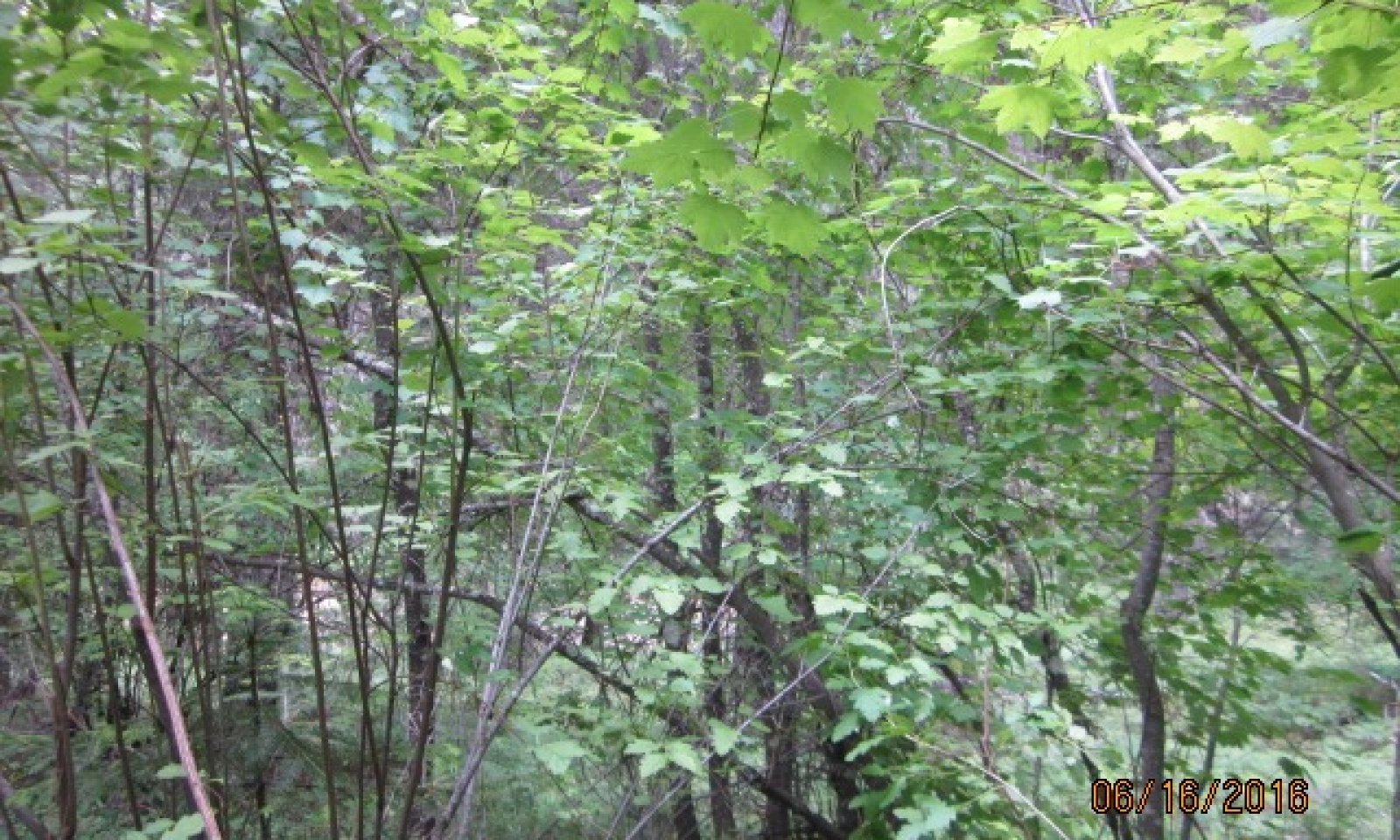
Ashy Depressions 30-45" PZ Frigid Clearwater Mountains
Scenario model
Current ecosystem state
Select a state
Management practices/drivers
Select a transition or restoration pathway
- Transition T1A More details
- Restoration pathway R2A More details
-
No transition or restoration pathway between the selected states has been described
Target ecosystem state
Select a state
Description
This state with extended fire intervals turns into an all aged western redcedar stand with some grand fir and/or western hemlock present. Stand development after fire depends on fire size and severity, as well as changes in drainage and microclimate. Since severe fires are accompanied by stand removal over a large geographic area, stand-replacing fire may be followed by a significant rise in the water table. Salix scouleriana often dominates such wet sites. Canopy removal also increases the likelihood of frosty conditions, favors shrub dominance, and retards establishment of the ferns and herbs characteristic of climax stands. Reforestation may require more than 100 years. The tree species that establish on burns vary with postburn conditions. Shade-tolerant species are favored in small openings, especially if duff is not removed. In larger openings, hardwoods and shade-intolerant conifers can overtop climax species and so dominate early seral stages. Black cottonwood is often important in such stands. On sites with good drainage, western white pine, western larch, and Douglas-fir all occur. Cold conditions favor Engelmann spruce and occasional lodgepole pine. Rotting logs are the best microsites for tree establishment; root crowns of fallen trees are also good seedbeds. With successful tree regeneration a mix of seral tree species can occupy the stand or in some cases, a single species like western larch will dominate the stand. These stands go into the stem exclusion phase with tree to tree competition. Understory vegetation will be sparse. As these stands mature mixed severity fires create a mosaic of stand structure and species composition with a combination of seral species and shade tolerant cedar, hemlock and grand fir. Old-growth stands develop an open canopy composed of large, evenly spaced trees, with mostly cedar or hemlock regeneration beneath. The most vigorous understory trees originate in canopy gaps, not in shade (Smith and Fisher, 1997).
Submodel
Description
Severe fires change reference state to a shrubfield site. No tree regeneration due to shrub competition and soil conditions. Major shrubs include snowbrush and redstem ceanothus, serviceberry, ninebark, Scouler willow, elderberry species, snowberry, spirea, and Douglas maple
Submodel
Mechanism
Severe fires creating shrubfields preventing tree establishment for long time periods.
Model keys
Briefcase
Add ecological sites and Major Land Resource Areas to your briefcase by clicking on the briefcase (![]() ) icon wherever it occurs. Drag and drop items to reorder. Cookies are used to store briefcase items between browsing sessions. Because of this, the number of items that can be added to your briefcase is limited, and briefcase items added on one device and browser cannot be accessed from another device or browser. Users who do not wish to place cookies on their devices should not use the briefcase tool. Briefcase cookies serve no other purpose than described here and are deleted whenever browsing history is cleared.
) icon wherever it occurs. Drag and drop items to reorder. Cookies are used to store briefcase items between browsing sessions. Because of this, the number of items that can be added to your briefcase is limited, and briefcase items added on one device and browser cannot be accessed from another device or browser. Users who do not wish to place cookies on their devices should not use the briefcase tool. Briefcase cookies serve no other purpose than described here and are deleted whenever browsing history is cleared.
Ecological sites
Major Land Resource Areas
The Ecosystem Dynamics Interpretive Tool is an information system framework developed by the USDA-ARS Jornada Experimental Range, USDA Natural Resources Conservation Service, and New Mexico State University.


